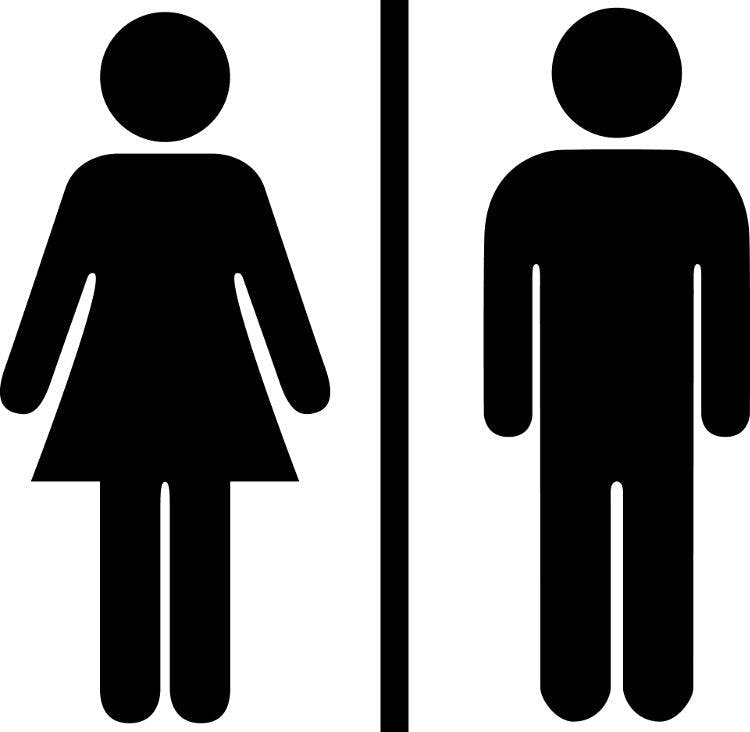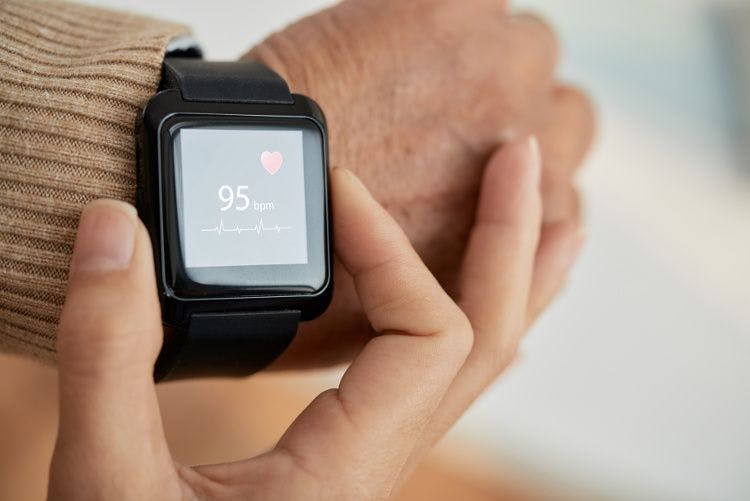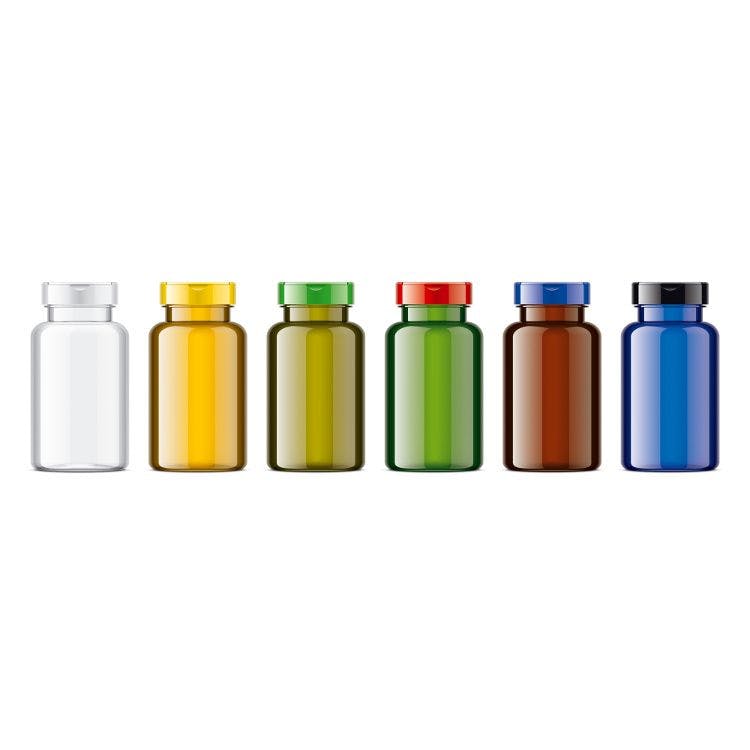Are more nutraceutical makers turning to pharmaceutical-grade equipment?
As nutritional firms strive for high product quality and efficient businesses, suppliers discuss how pharma-grade equipment can help.
Photo credit © Tiagozr - Stock.adobe.com
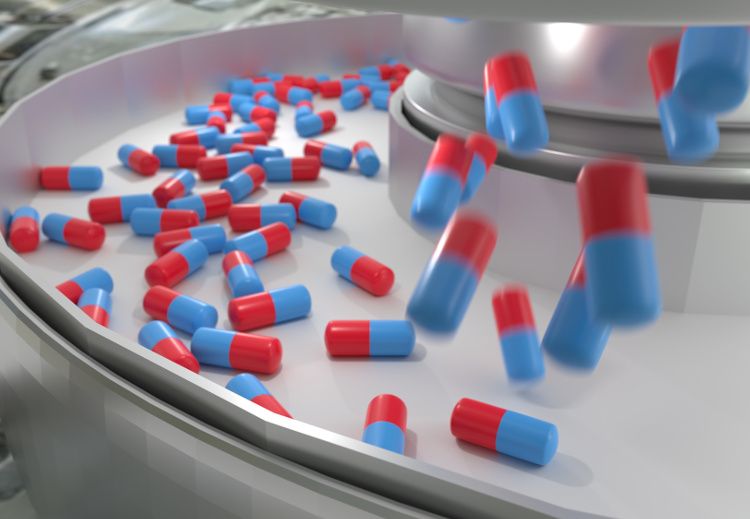
In some respects, the pharmaceutical and nutraceutical industries share common ground. Take delivery systems, for instance. Both the drug and supplement industries produce ample amounts of pills-tablets, capsules, softgels, etc. There’s something else these industries share, too: the desire to produce the best-quality products possible, all while increasing manufacturing efficiency and lowering costs.
Equipment advances play a large role in making these goals possible. To this end, could nutraceutical manufacturers find inspiration in the benefits offered by some of today’s pharmaceutical-grade equipment? Many equipment providers say yes.
Common Ground
Pills are common to both the pharma and nutrition industries. And while more advanced delivery features are certainly more frequent in the pharma industry, some of these designs have caught the attention of nutritional companies.
For instance, “Immediate-release, delayed-release, [and] sustained-release delivery technologies are commonly used within pharma, and these are now being employed by nutritional manufacturers to provide more unique products, improve efficacy, and differentiate their product from the competition,” says John Carey, international business head of developed markets for ACG Engineering (Piscataway, NJ), part of ACG Group, a supplier of capsule and tablet manufacturing solutions for the pharmaceutical industry. Advanced delivery forms include those that enable incompatible ingredients to be combined in the same tablet or capsule, including “capsule-in-capsule, pellets/beads with powder/liquid, and numerous other permutations and combinations,” he notes. Two-piece hard capsules filled with liquid is a particularly growing trend in the nutraceutical industry, he says.
Bilayer tablets are another increasingly popular format among both nutraceutical and drug makers. “The use of bilayer tablet formats, to combine different products, is clearly emerging as a favored technology that is easily understood and accepted by consumers,” says Frederick Murray, president of tablet press technology provider KORSCH America Inc. (South Easton, MA).
The same equipment can be used to produce these pills for both nutraceuticals and drugs. “In general, the tablet and capsule delivery platforms used in nutritional and pharmaceutical products are basically identical, making transition to these [pharma-grade] technologies fairly straightforward,” says Carey.
He points out, however, that there are some differences between nutraceutical and drug product formulas that require special consideration. “The one major difference between nutraceutical and pharmaceutical oral solid dosages is the percentage of actives and the number of actives in a dose. Pharmaceutical APIs tend to be relatively small in the overall composition of a dose, whereas a nutraceutical dose comprises a larger number of varied natural ingredients. This also means that traditional additives and fillers that were added to support the easy flow and mixing of pharmaceutical products are not viable for nutraceutical manufacturers, and hence, many equipment companies offer a ‘Nutra Kit’ that mitigates this challenge whilst running on the equipment.” The cleaner labels sought by nutraceutical customers can further exacerbate this challenge, Carey says, noting that there “may be some modifications that need to be made to the standard pharmaceutical equipment to withstand processing more abrasive natural products and especially to help with clean-label claims.”
On a whole, however, nutraceutical companies can use pharma-grade equipment-if nutraceutical companies choose to do so. There are some good reasons to consider it, according to many of the equipment suppliers interviewed for this story.
Pharma equipment can sometimes offer advantages over nutraceutical equipment, says Stan Matthews, sales manager, processing division, for MG America (Fairfield, NJ), the U.S. subsidiary of MG2 (Italy) and a supplier of processing and packaging equipment. Says Matthews: “Pharma-grade equipment is much more advanced in specialized delivery forms.”
With pharma-grade equipment, you get “a higher degree of control over the uniformity of the dosage, thus providing a final product with an increased quality,” adds ACG’s Carey. For instance, pharma-grade fluid-bed granulation equipment can make it easier to handle nutritional products that otherwise aren’t easily compressible or to produce specialty pellets for delayed- or sustained-release products, he says.
“Pharma-grade equipment is designed and manufactured with highly accurate dosing systems, resulting in better-quality products that reduce rejects, diminish waste, and offer significantly upgraded products overall,” says Matthews. He adds: “Today’s nutraceutical formulations are more complex; this is where pharma-grade equipment provides a major manufacturing advantage.”
Tablet manufacturing is a good example of where pharma-equipment stands out, says KORSCH’s Murray. “The basic process of tablet compression-fill, compress, eject-is common among all tablet presses, but there are very stark differences in machine design, quality, and reliability when you compare high-end pharma equipment and low-budget nutraceutical machines.”
For instance, he says, “Tablet compression equipment-including high-speed, fast-change, single-sided machines, and high-volume, double-sided machines-are both being utilized” in the pharma world. “The fast-change capability is critical to maintain an acceptable operating efficiency where there are small batch sizes and a vast portfolio of different products”-things nutraceutical firms deal with often. These efficiencies, and subsequently better margins, are goals of all businesses, including nutraceutical makers.
“There is anecdotal information that the nutraceutical industry could benefit from using traditional pharmaceutical equipment for their manufacturing operations to meet current Good Manufacturing Practices (cGMP) guidelines,” says Darryl Peterson, key account manager for Antares Vision North America (Moorestown, NJ), a provider of visual inspection systems, track-and-trace solutions, and smart data management.
He continues: “There are similarities in both industries around proving cleanliness, and limiting microbial growth as well as following strict quality standards and keeping meticulous batch records. The pharma industry has a long history of identifying these sources of contamination that the nutraceutical industry could take note of. For example, supplying equipment that has stainless-steel contact surfaces with welds ground smooth, polished with 2B type (or greater) finishes, helps to eliminate hard-to-clean surfaces. In addition, supplying in-process steam-sterilizable systems rated to handle pressure and high temperature to kill microbial growth, or CIP (clean-in-place nozzles), aid in assuring aseptic operations and can, if done properly, promote sterility. All drains should promote full draining of cleaning liquids and water to the lowest point of the chamber with a drain so that water can be removed entirely. Having equipment that is designed and engineered for maximum cleanability, like in the pharma industry, provides advantages to the nutraceutical industry for repeatable operations with little downtime between cleaning procedures due to employing validated cleaning operations used for many years in the pharma industry.”
He further notes that many pharma systems come equipped with advanced control systems, including software packages, as well as high-speed cameras used to inspect pills. In general, he says, “Pharma-grade equipment has several advantages over typical food-grade equipment in cleaner construction materials, automated controls, and precise inspection tolerances. Pharma-grade equipment is made to handle complex manufacturing demands at high speeds.”
Higher-end inspection equipment can also benefit nutraceutical makers, say companies like Antares Vision as well as WIPOTEC-OCS (Lawrenceville, GA), a supplier of precision in-motion weighing and x-ray scanning equipment. WIPOTEC-OCS’s senior marketing manager, Jim Renehan, says, “One of the main types of pharma-grade equipment being used by nutraceutical producers are the inspection machinery. There are many types of packaging inspection machines, like checkweighers, metal detectors, and x-ray scanners, that increase the overall quality of the product that is being packaged. In a world where brand protection and integrity is becoming more and more important, having the ability to prevent quality issues prior to a product reaching the retail shelf is very valuable.”
Traceability is also an increasing concern in the complex nutraceutical supply chain, and this is where pharmaceutical companies have pushed ahead-in part due to regulations requiring them to-and could further influence the nutraceuticals space.
Thomas Burke, food traceability and safety scientist at the Institute of Food Technologists (IFT), and Bryan Hitchcock, IFT’s senior director, food supply chain, and executive director, Global Food Traceability Center, state: “Pharmaceutical traceability is highly mature due to regulatory, safety, and commercial considerations inherent in that market. Essential components of effective traceability, including standards in labeling coding, and data collection, influence efforts in other industries. Specifically, the pharma industry has advanced serialized traceability, where individual units are hierarchically tracked to the point of sale. This may influence the nutraceutical and food industries’ approach to increasing the granularity of batch/lot-based traceability.”
They continue: “Realities in more complex supply chains and different technological landscapes mean that these influences will not be completely direct from a technical solution perspective. The nutraceutical and food industries, in collaboration with traceability solution providers, are actively building and deploying traceability systems relevant for their products and supply chains. In addition, we see traceability solution providers who may have previously specialized in pharma moving into the nutraceutical and food space as new category opportunities. The key is translating the elements of pharma traceability into cost-effective elements for the high-complexity, lower-margin nutraceutical and food industries.”
The Cost
And that brings up an important point: Nutraceutical firms might want all of the bells and whistles that come with pharma equipment, but are they truly taking advantage of the opportunity? More specifically, can they afford the higher cost of a pharmaceutical machine?
Opinions are mixed. Many of the equipment suppliers interviewed for this story say that the return on investment in terms of higher output, higher efficiency, and faster changeovers would make up for the higher upfront cost. KORSCH’s Murray says: “The total cost of ownership is…a critical factor, where a less-expensive machine may indeed prove to be more expensive when there is excessive downtime, based on an inferior design and the lack of local, qualified technical service and spare parts support….It is clear that the cheapest machine is not always the least expensive.”
Of pharma machines, WIPOTEC-OCS’s Renehan says, “They are…designed with features that might seem trivial at first, like a tool-less changeover design, but offer a much greater ease of operation in the long run.”
He continues: “While the cost of pharma-grade equipment usually comes at a higher upfront cost, the total cost of ownership and return of such equipment can be very appealing to nutraceutical firms. Pharma-grade equipment offer easier changeover process, have a relatively low preventative maintenance requirement, and are generally designed to last a very long time. On top of that, the extra precision offered in pharma-grade equipment gives nutraceutical firms a sense of comfort knowing that their products are being packaged a lot more reliably. If they could avoid one product recall due to having pharma-grade equipment instead of something more affordable, their equipment will have already have paid for themselves.”
MG America’s Matthews says that some larger nutraceutical companies have been switching to pharma-grade units in the last decade, and notes that “the trend is now extending to mid-size and smaller companies looking to improve product quality with superior equipment.”
Still, it’s likelier that a minority, rather than a majority, of nutraceutical businesses are making that investment today. According to Ken Langhorn, vice president of sales for mixing-equipment specialist Charles Ross & Son Co. (Hauppauge, NY): “Nutraceutical companies continue to follow the requirements of the food industry and specify features that are more in alignment with those requirements. It is very rare that a nutraceutical customer will opt for features that are more closely aligned with those required in a pharmaceutical process. We have not seen any indicators of a trend in that direction.”
When comparing pharma-grade and nutraceutical machinery, he says, “It is not quality control that separates the two; it is design features and documentation. Mixers in pharmaceutical applications often require finishes and construction details to allow a higher level of cleanability or sterilization. There are also different levels of ‘clean’ within different pharmaceutical applications. For example, the requirements for a sterile injectable drug will be different than those for an oral drug. Other than initial cost, there is no downside to these features, and a pharmaceutical-grade mixer can be used to process food-grade products as well.”
The cost of pharma-grade equipment might be lowering to some extent. Nutraceutical manufacturers also have other options, such as adapting a pharma machine at a lower price point, or buying aftermarket equipment.
Still, says Ross’s Langhorn, pharma-grade equipment will only be affordable for some. “The cost difference is likely the reason nutraceutical manufacturers are not specifying features that are more common in a pharmaceutical process,” he says. “Unless the nutraceutical product has a high profit margin, they are not likely to specify a pharmaceutical-grade machine.”
Antares Vision’s Peterson says: “If the only consideration is initial capital outlay, then it is doubtful that a nutraceutical company will see the value of a pharmaceutical labeler machine that is four times the price of their standard vendor.” If, however, that labeler were to provide additional flexibility or functions that would eliminate the need to purchase additional equipment, the company might come around.
Says WIPOTEC-OCS’s Renehan: “Advanced equipment systems play a significant role in the quality of the products nutraceutical companies manufacture. The class and capabilities of machinery investments made by nutraceutical companies only adds to the [industry’s] credibility both from an industry and public perception standpoint. With each capital investment made by a nutraceutical company, they can clearly show that they are making tangible strides to achieve a chain of custody of all products throughout the full supply chain cycle and ensure quality products are shipped to their end customers.”
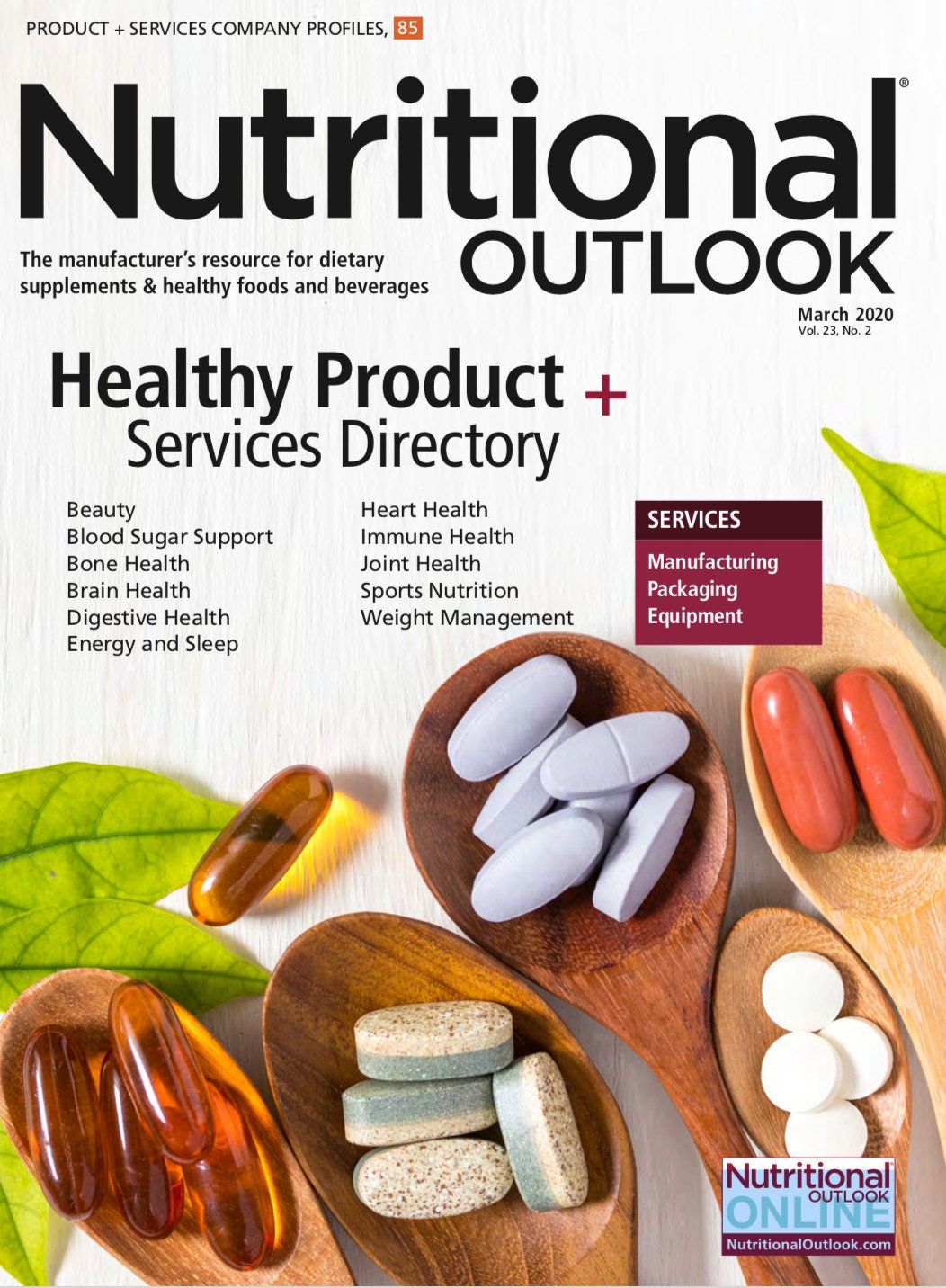
Prinova acquires Aplinova to further increase its footprint in Latin America
April 7th 2025Prinova has recently announced the acquisition of Brazilian ingredients distributor Aplinova, which is a provider of specialty ingredients for a range of market segments that include food, beverage, supplements, and personal care.






